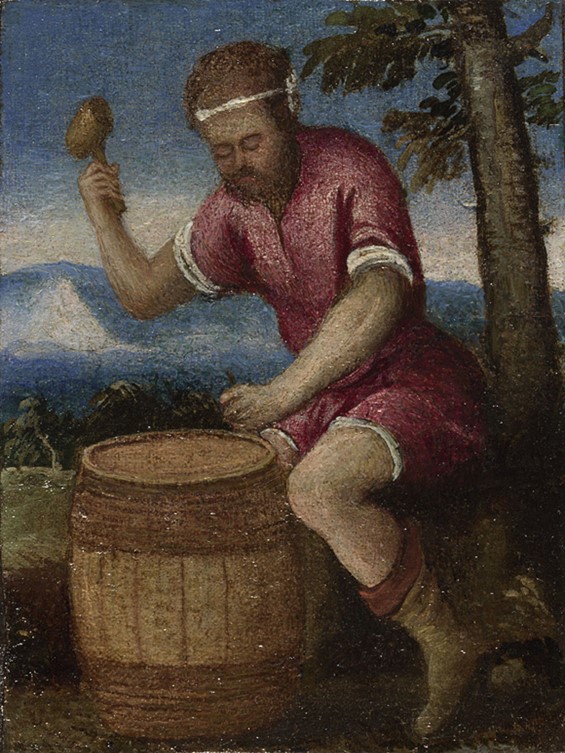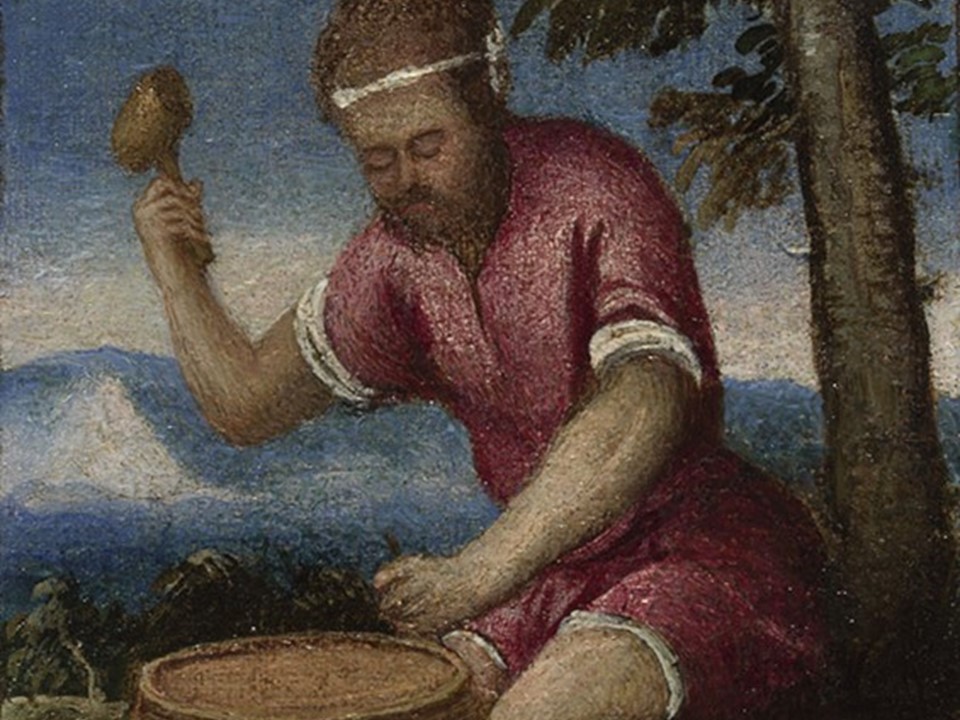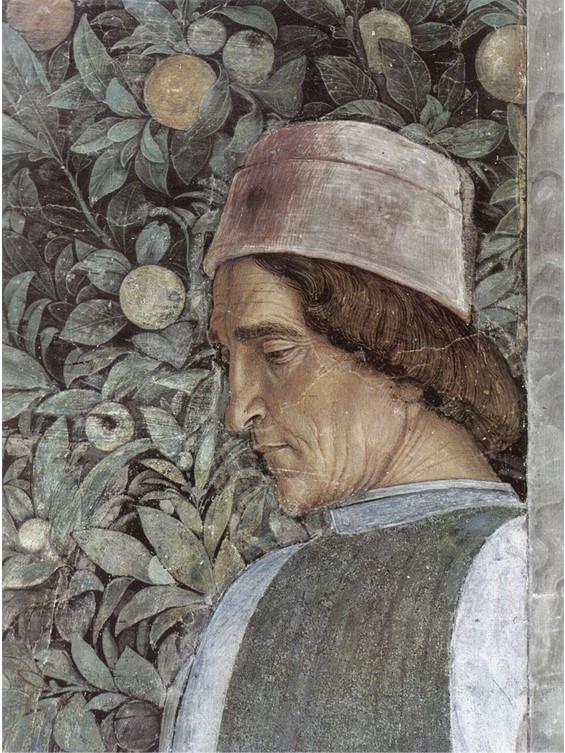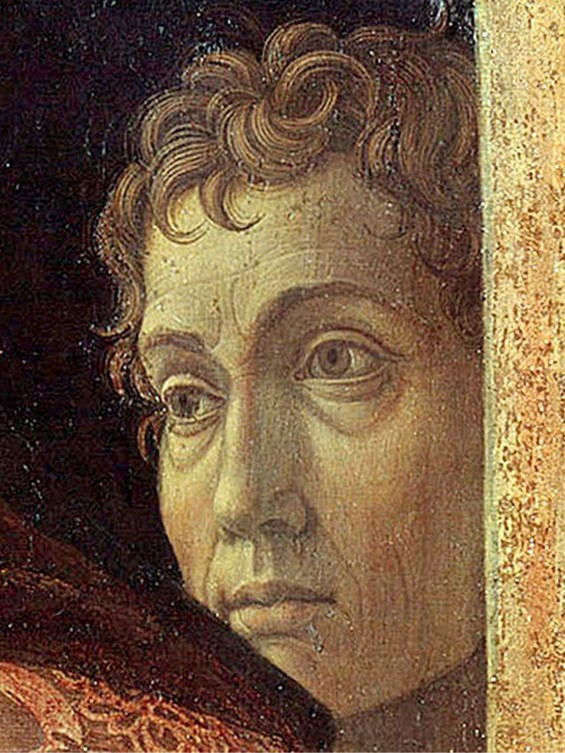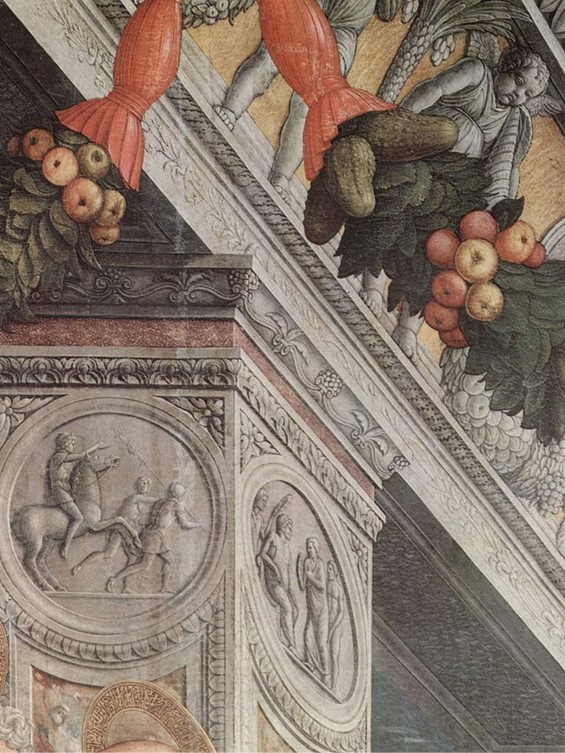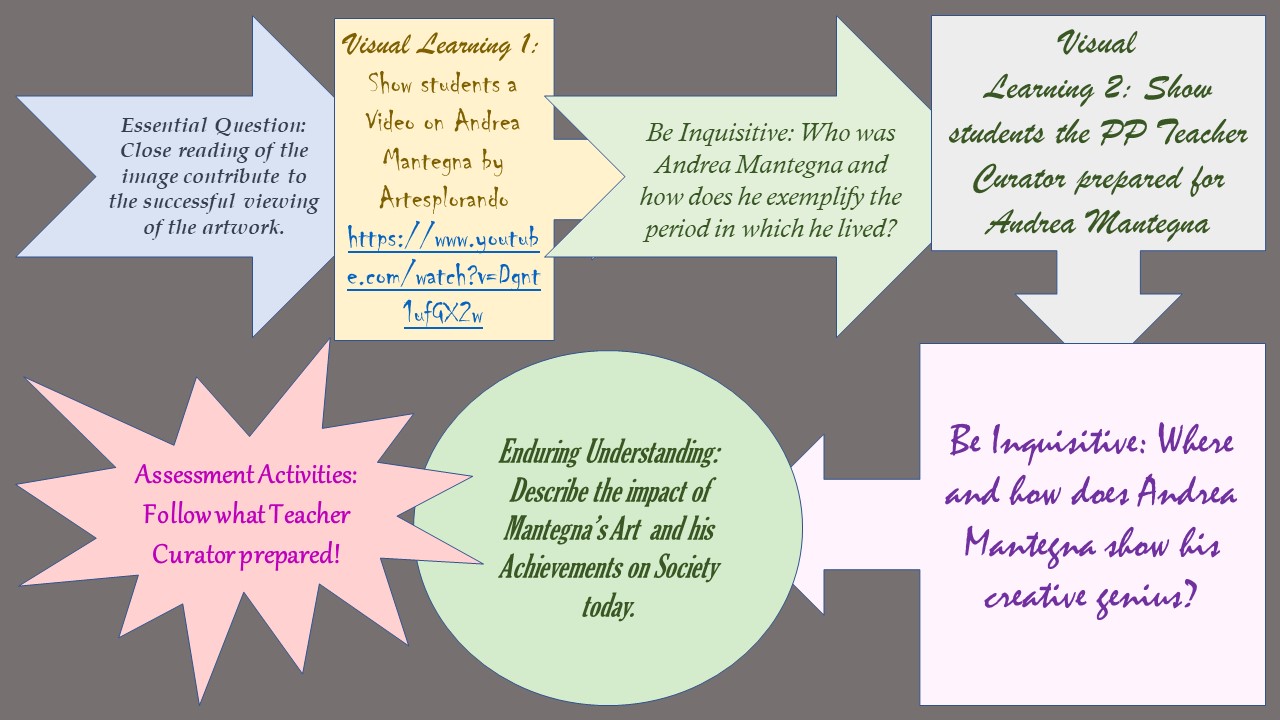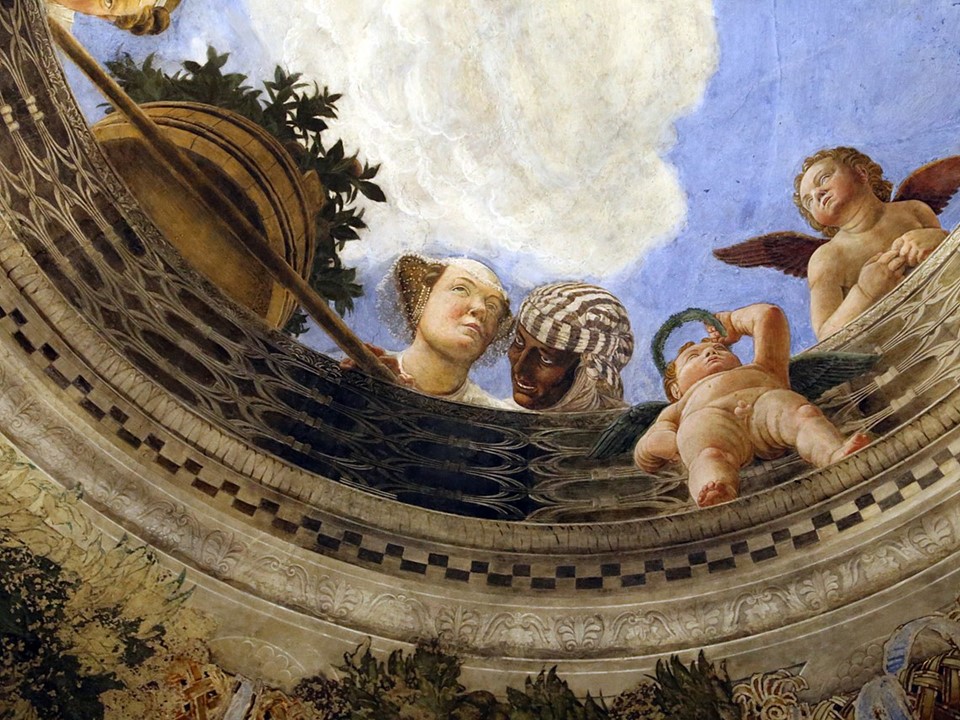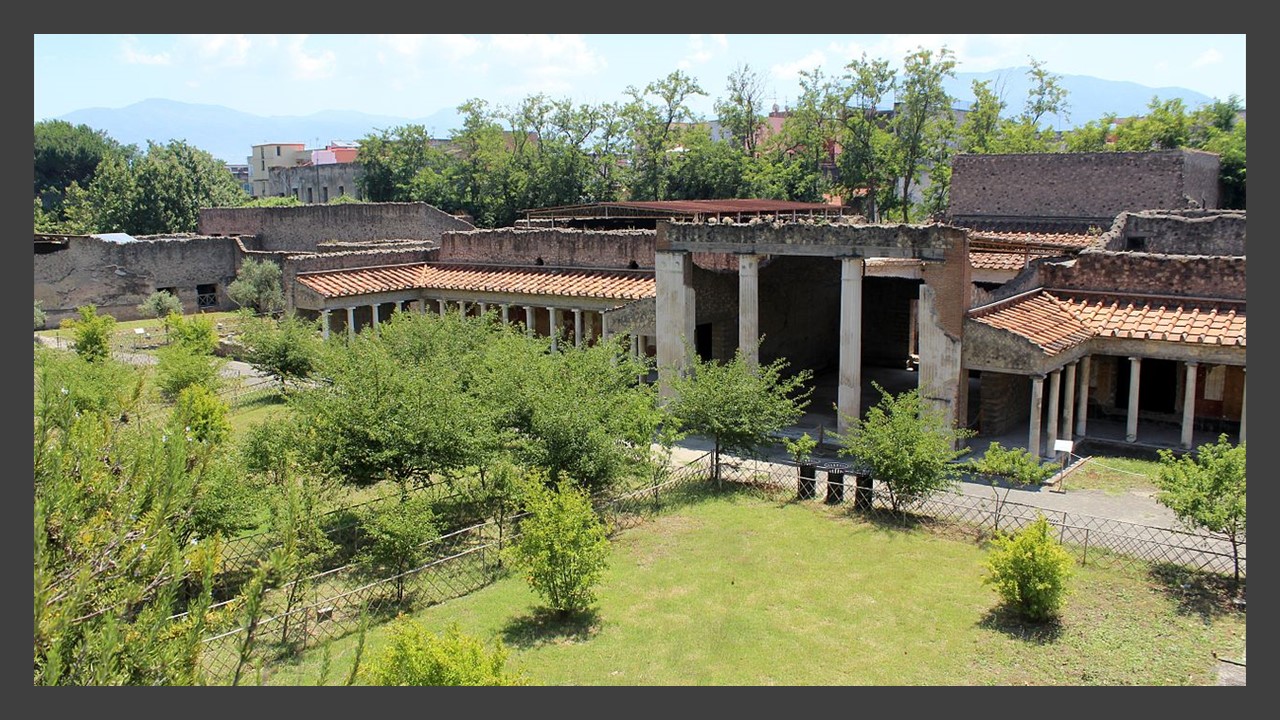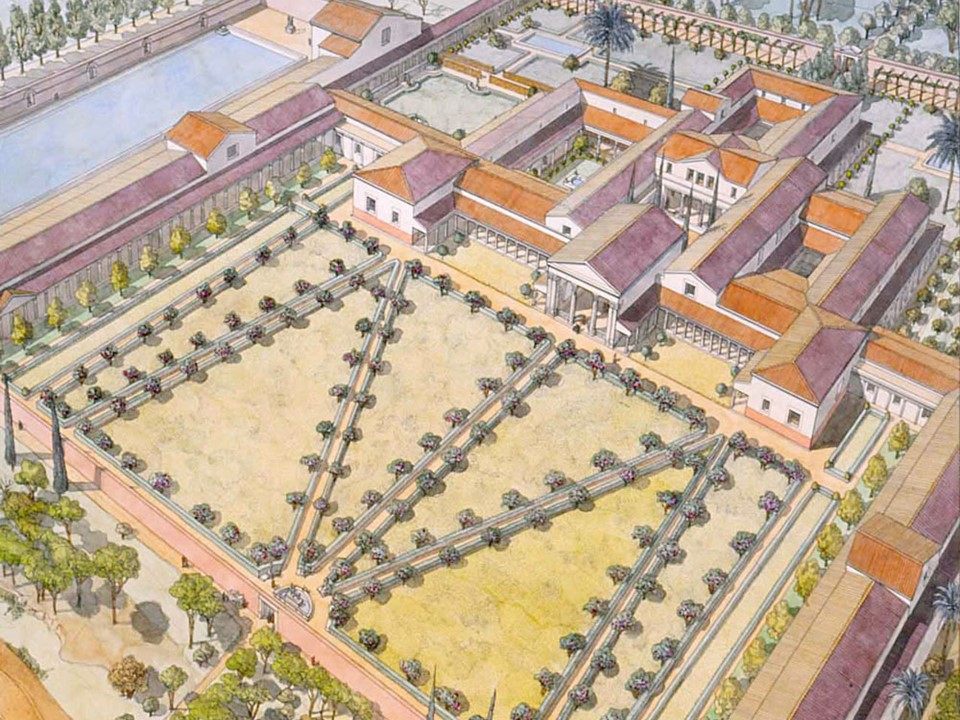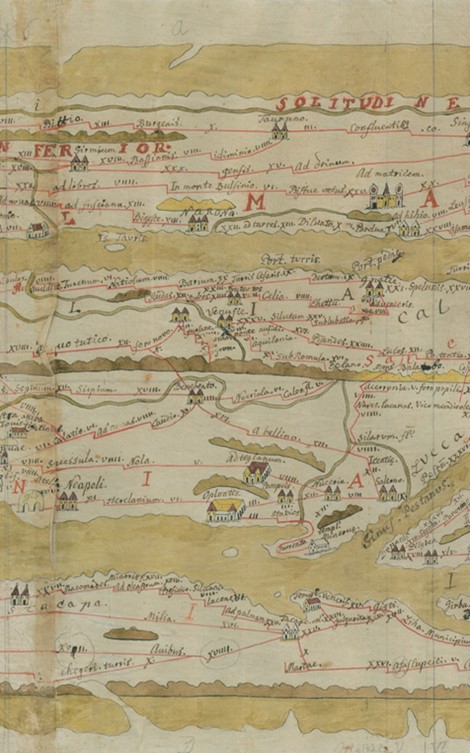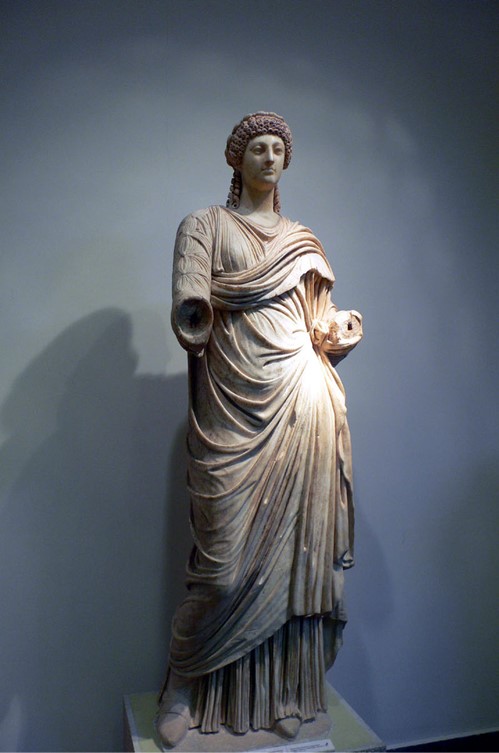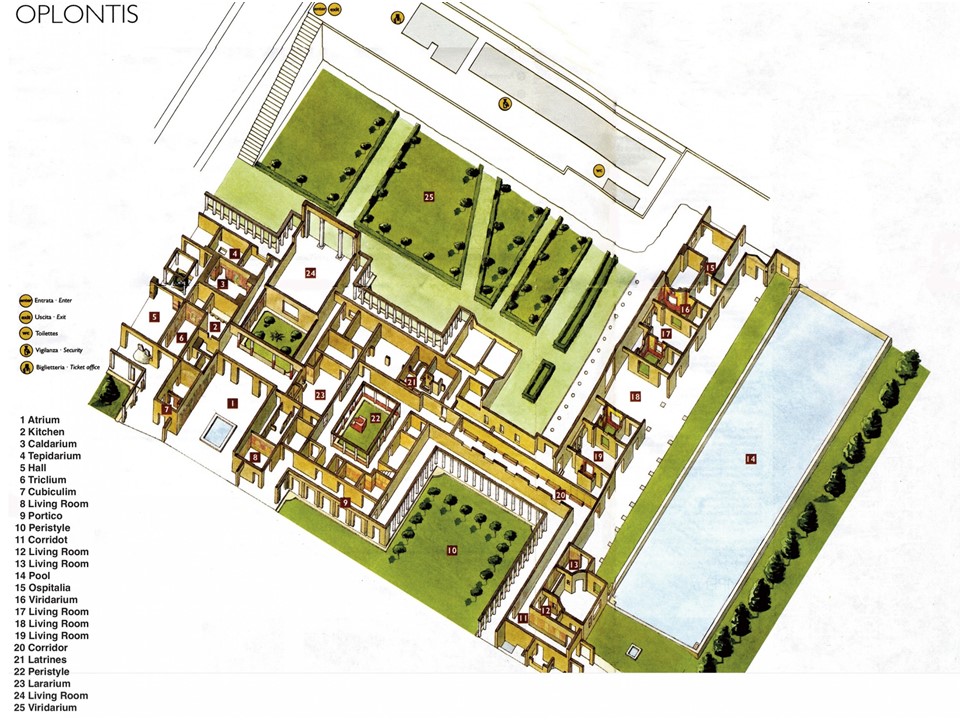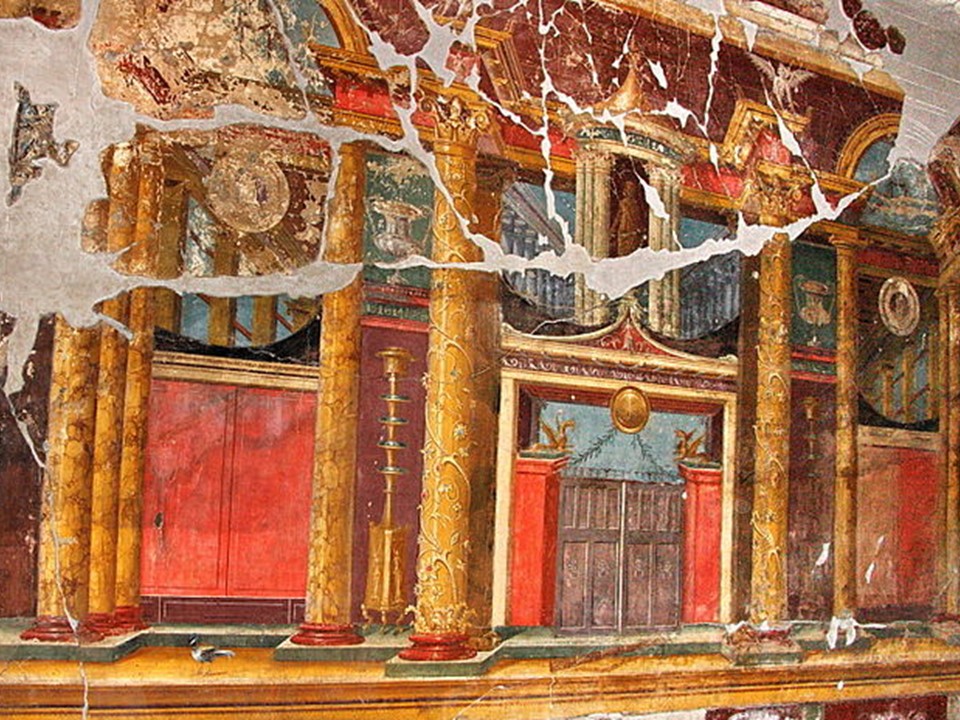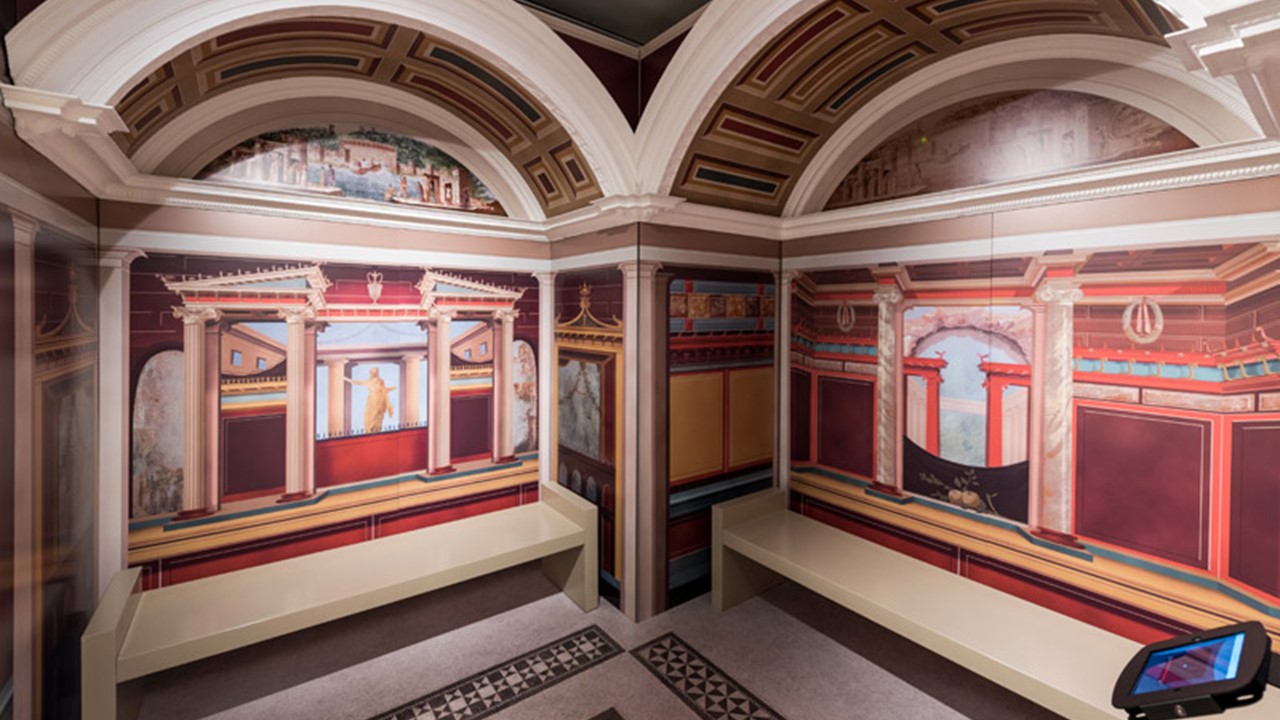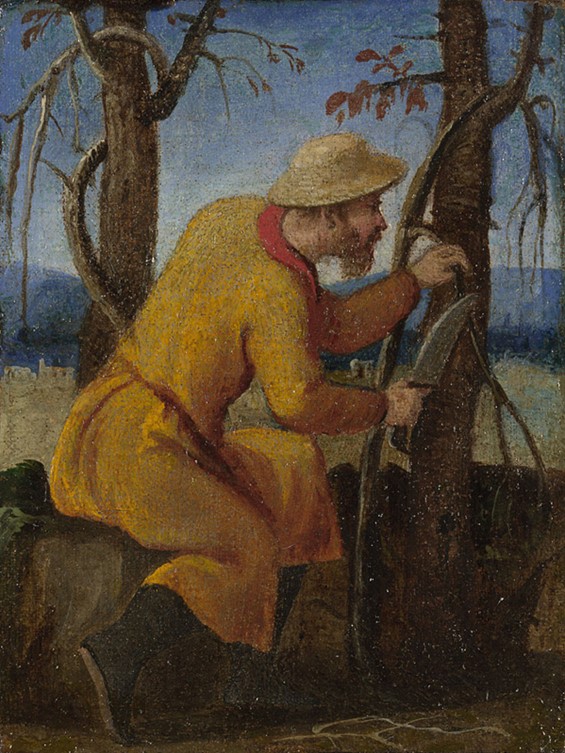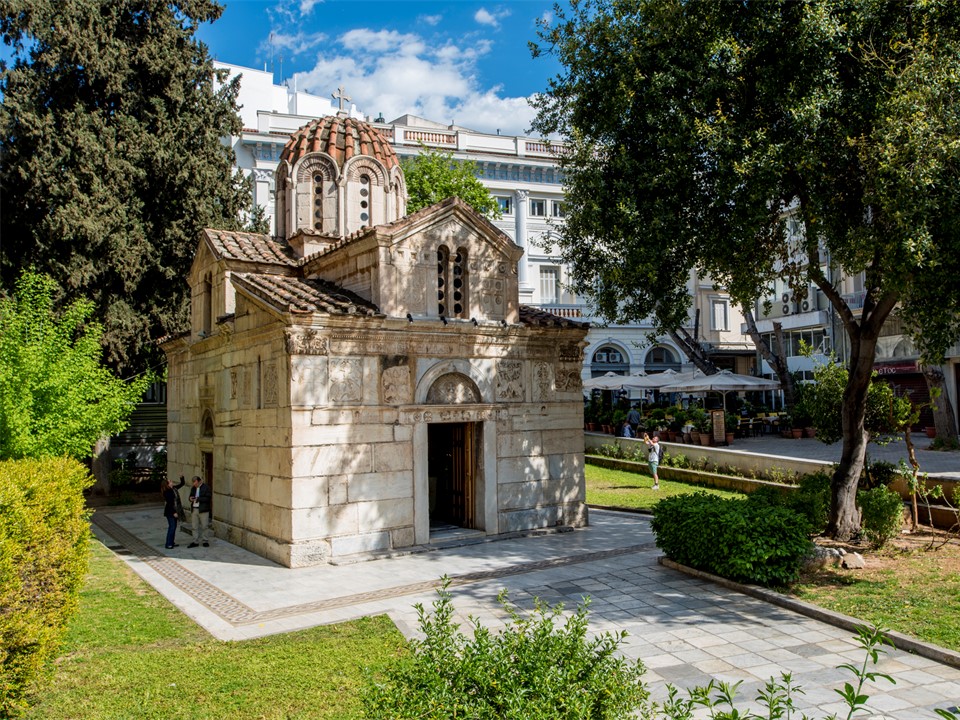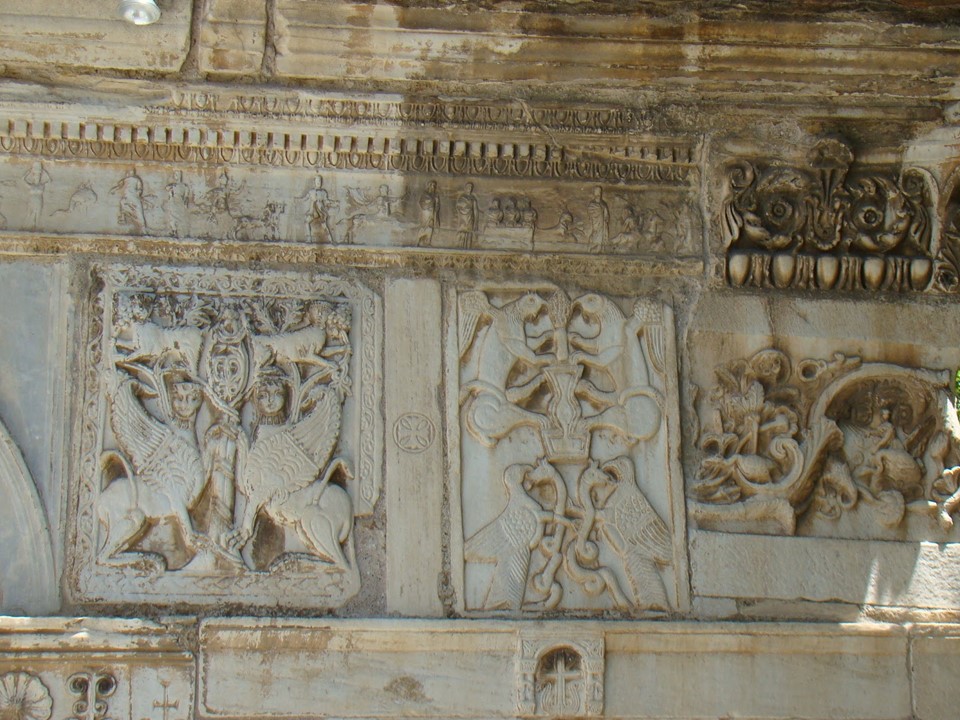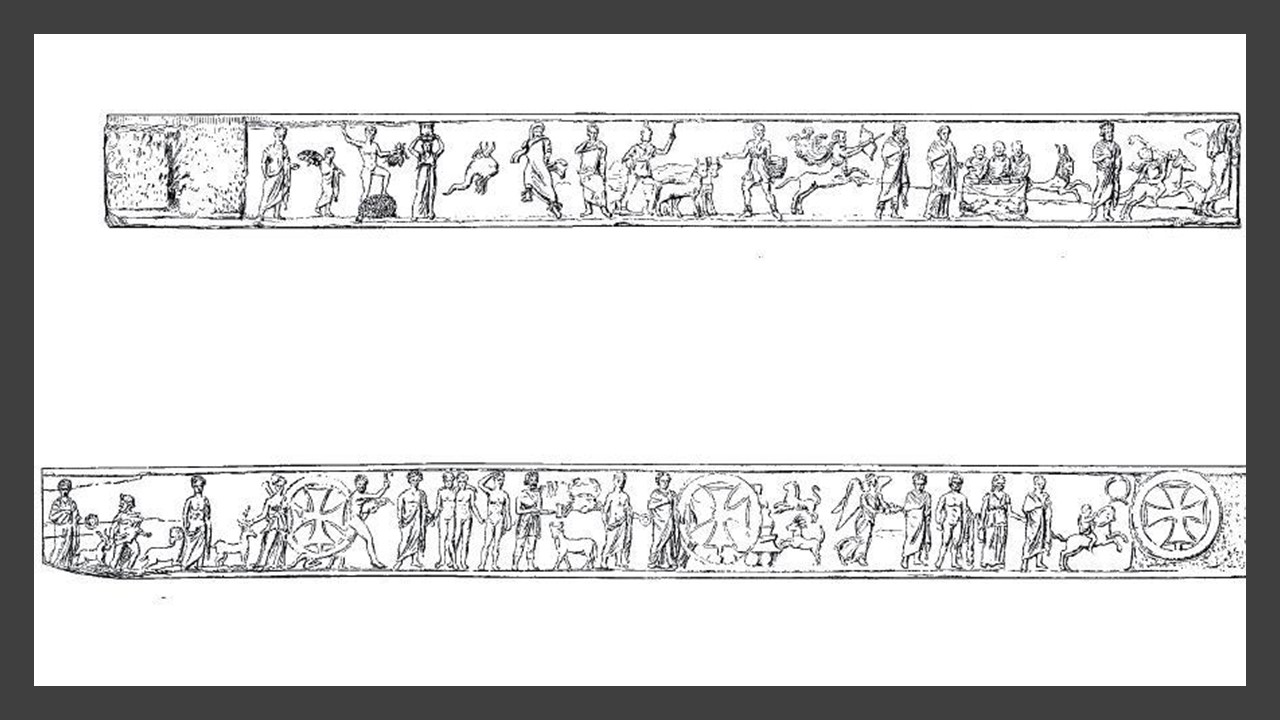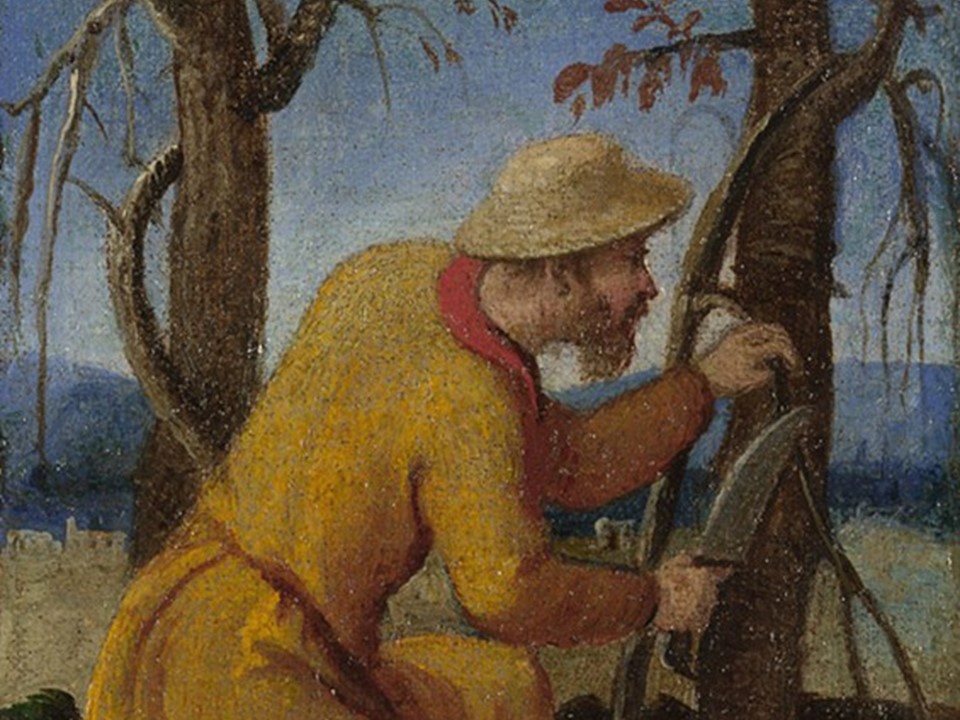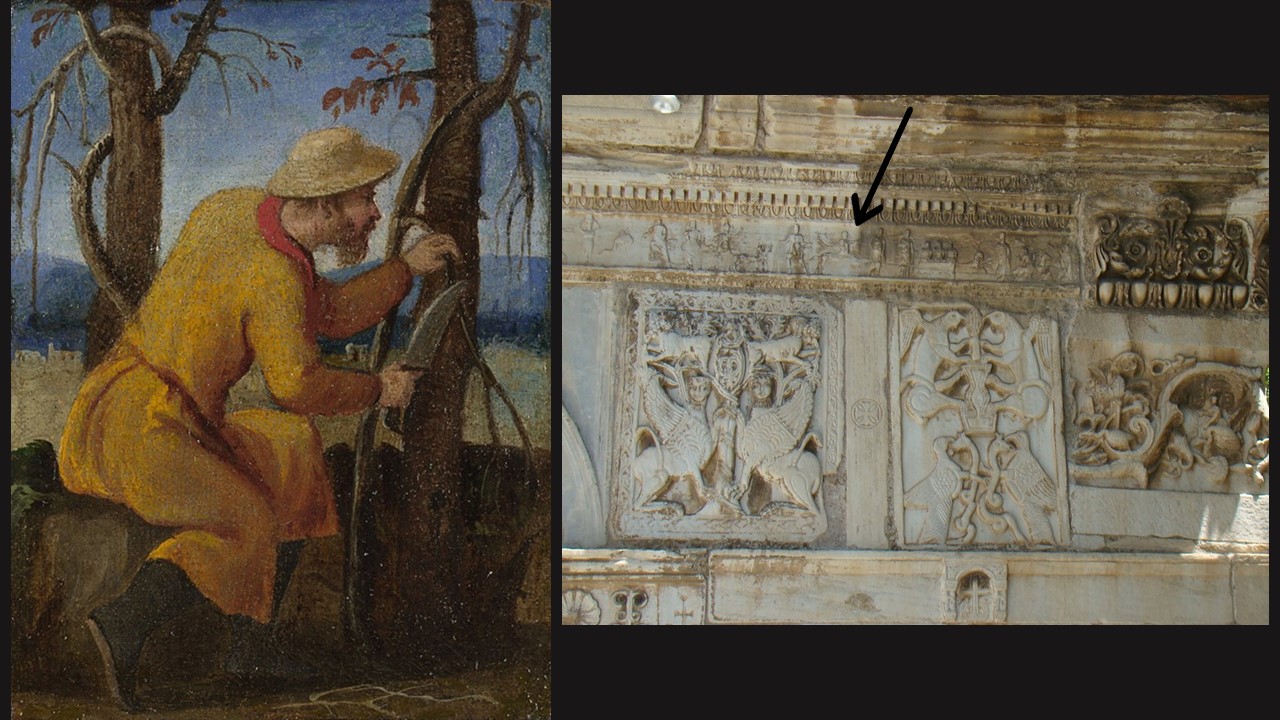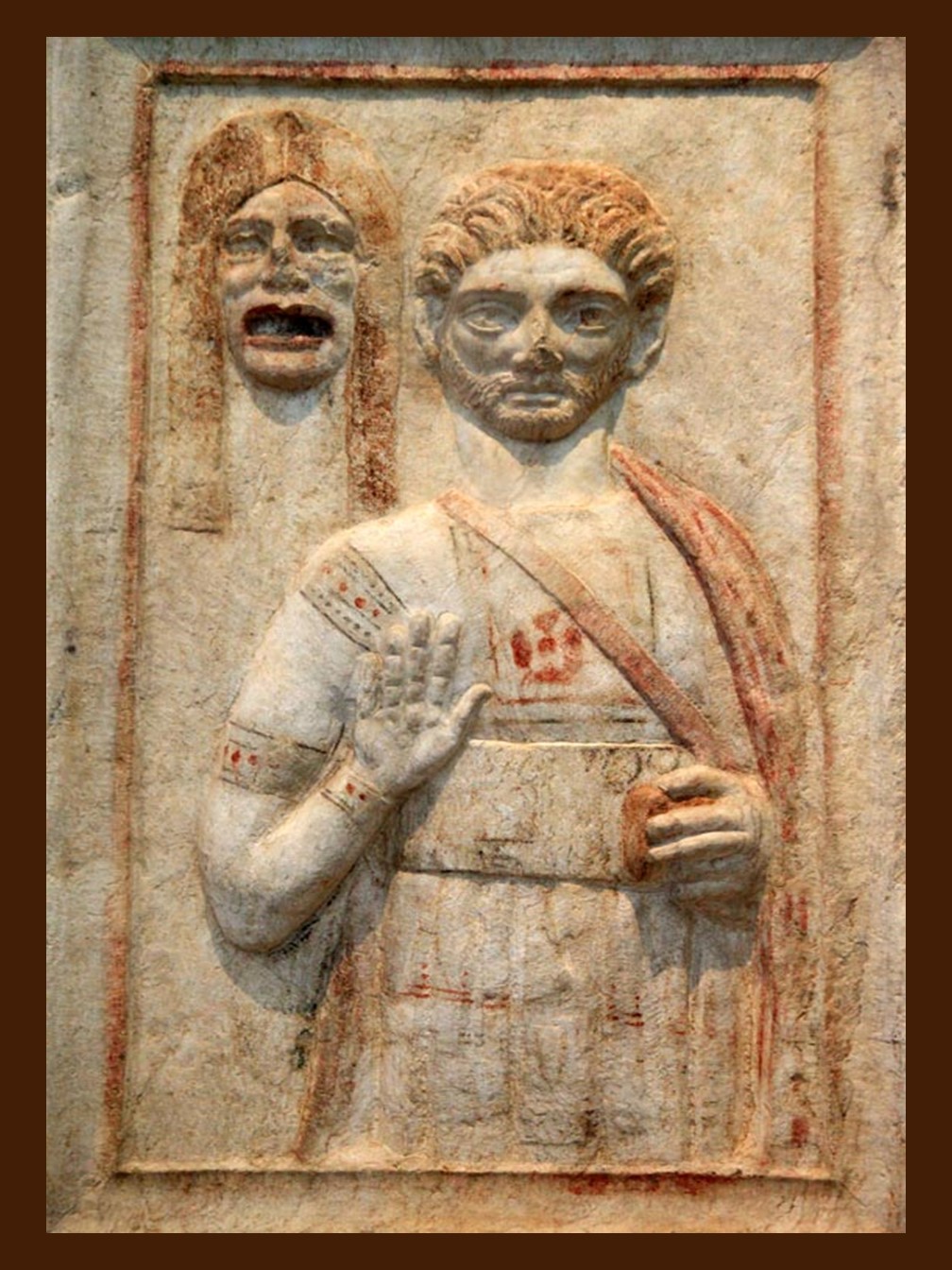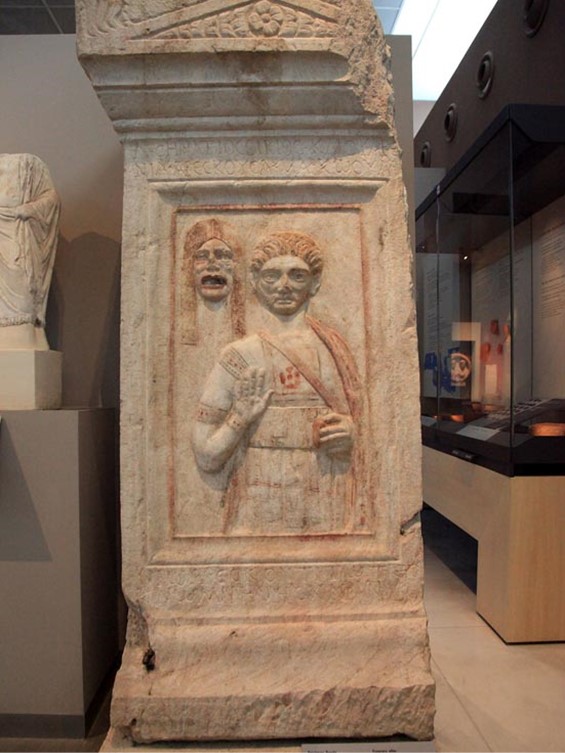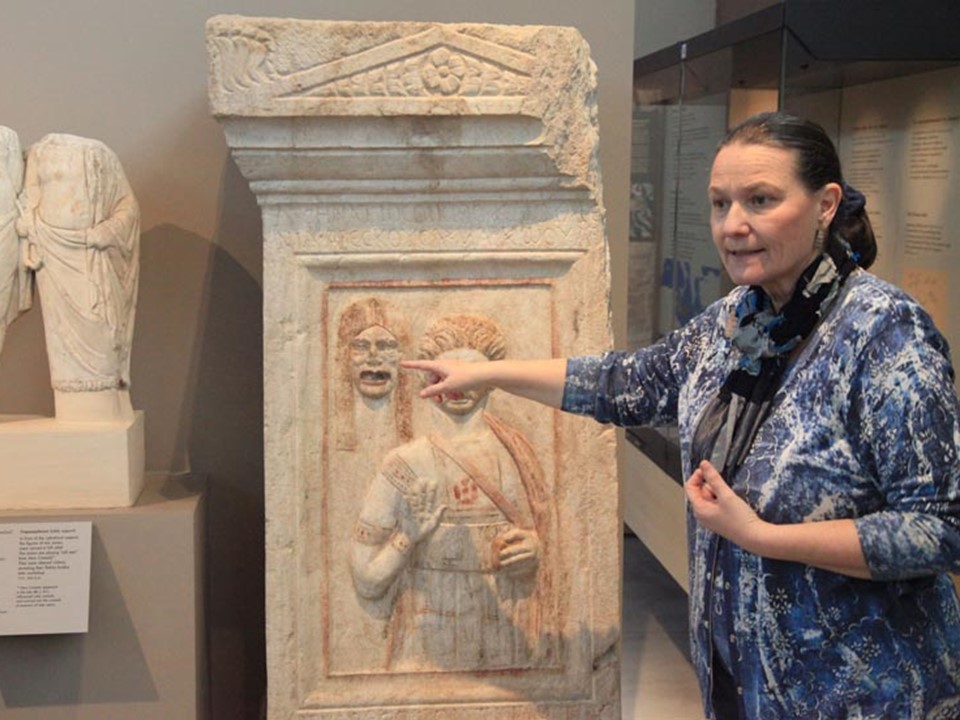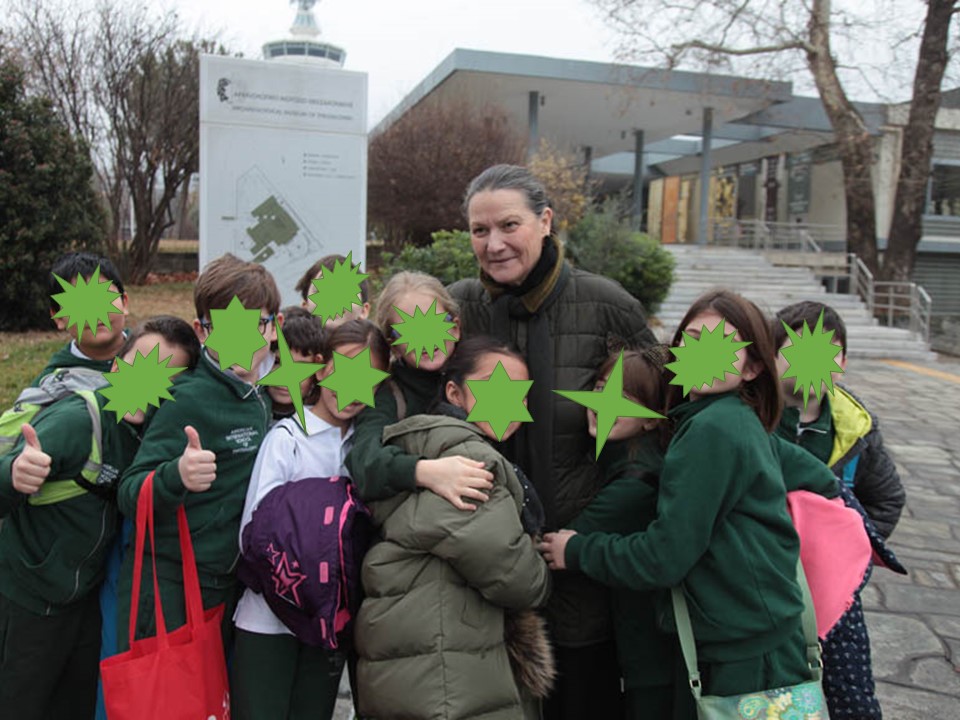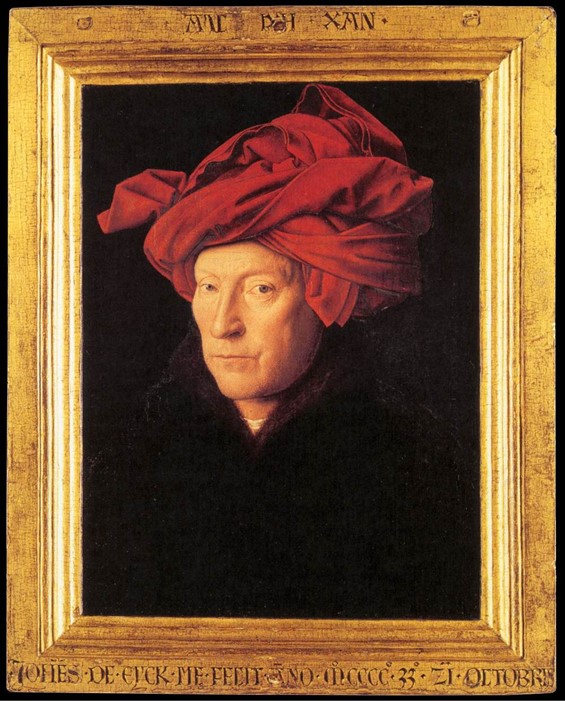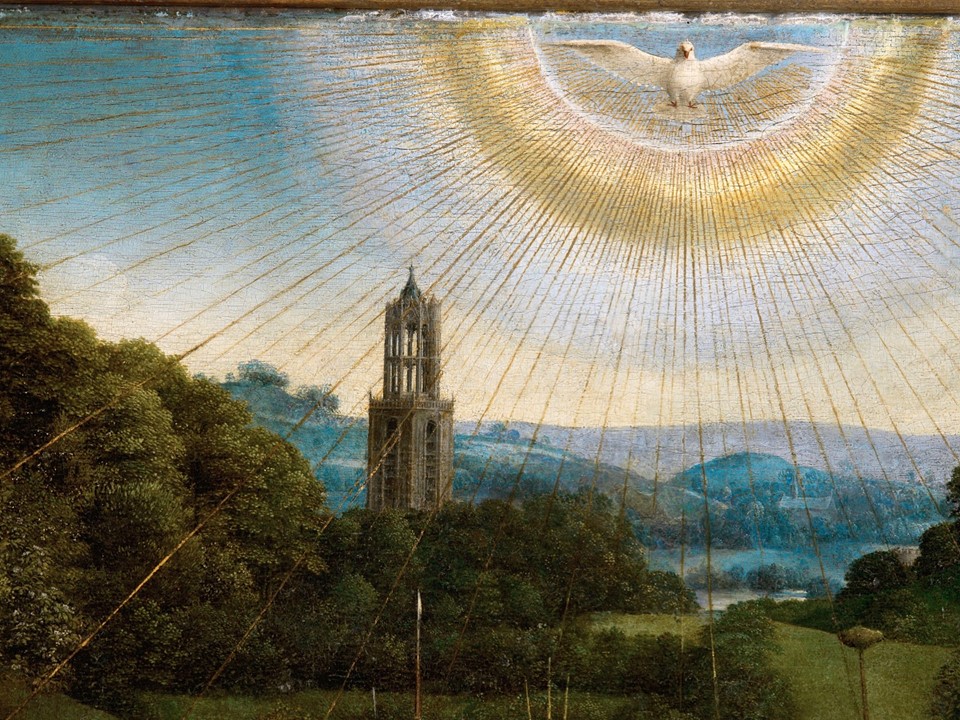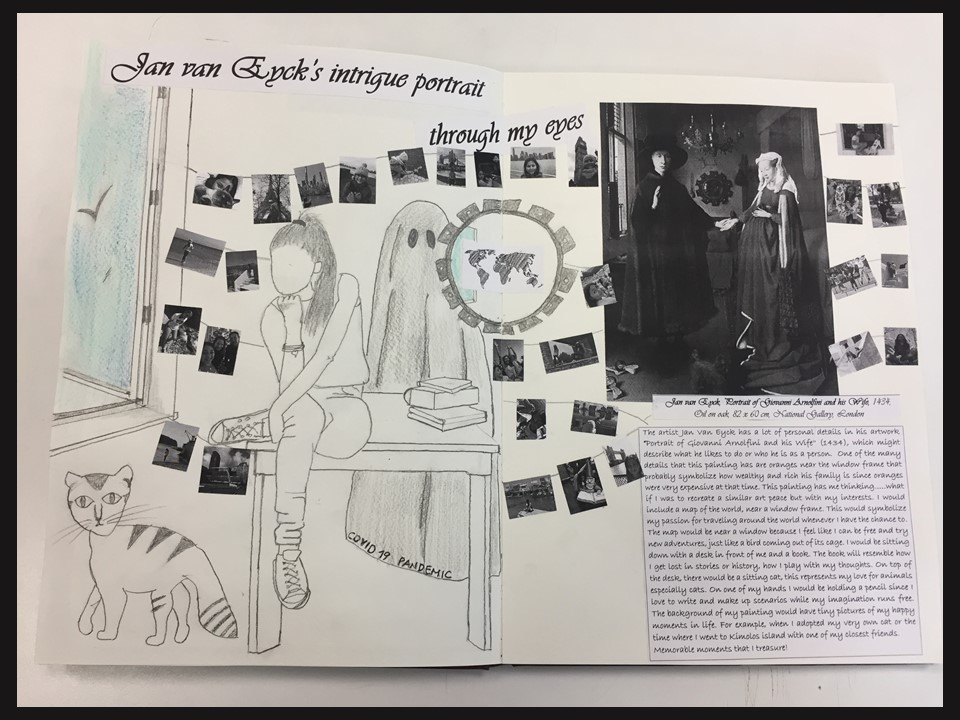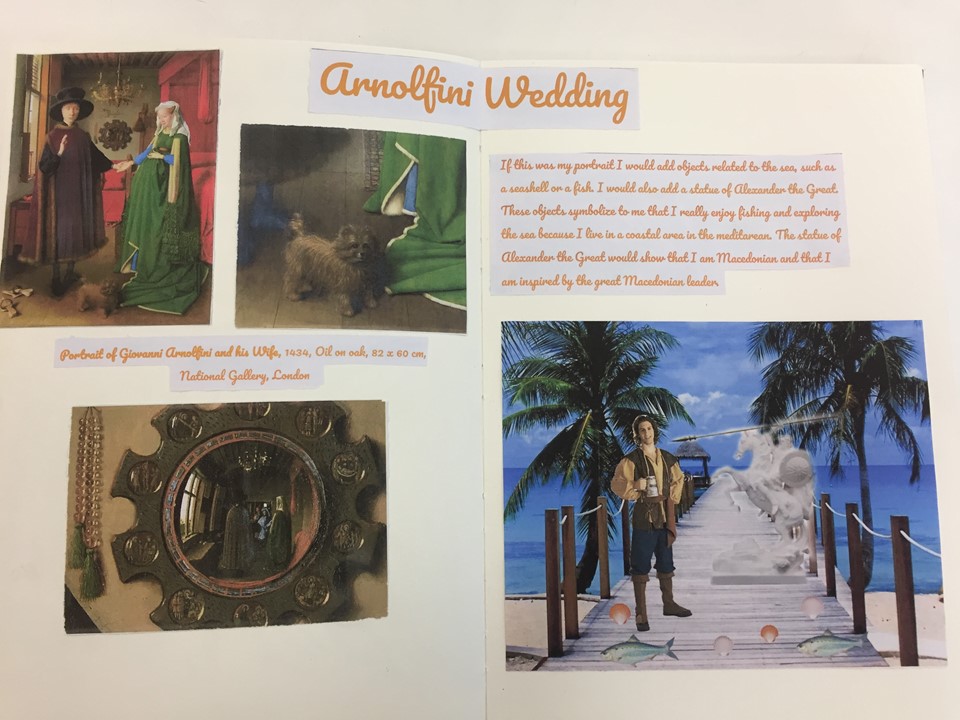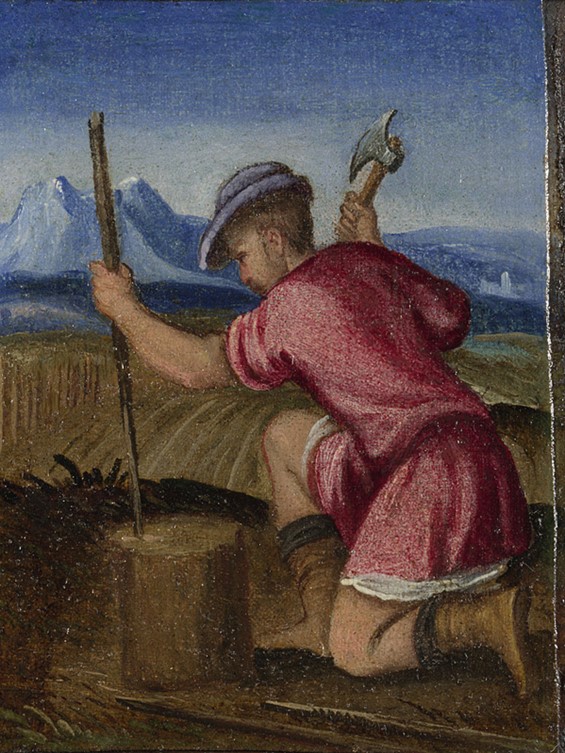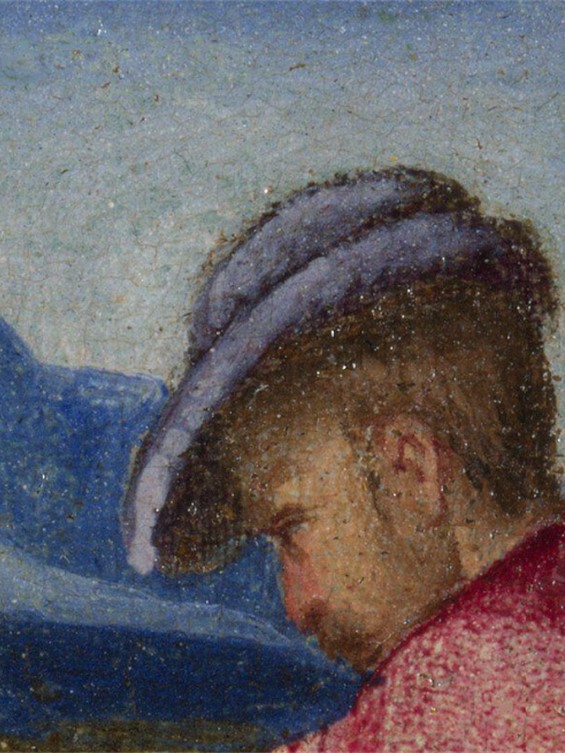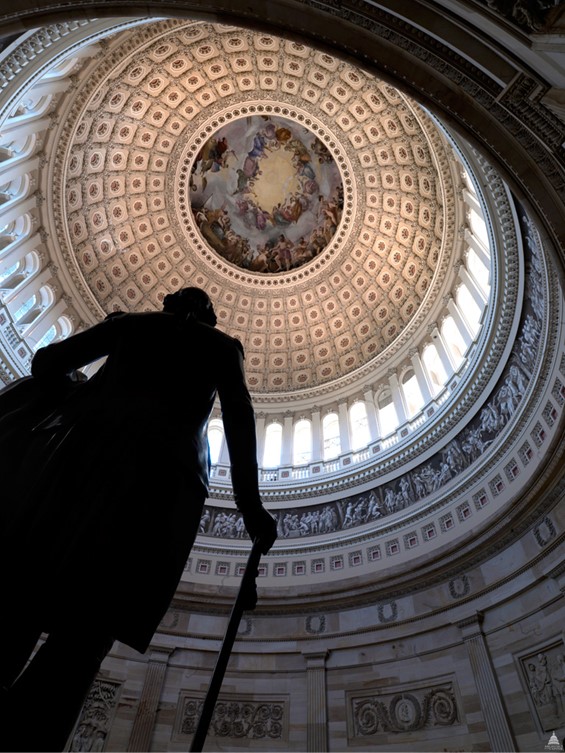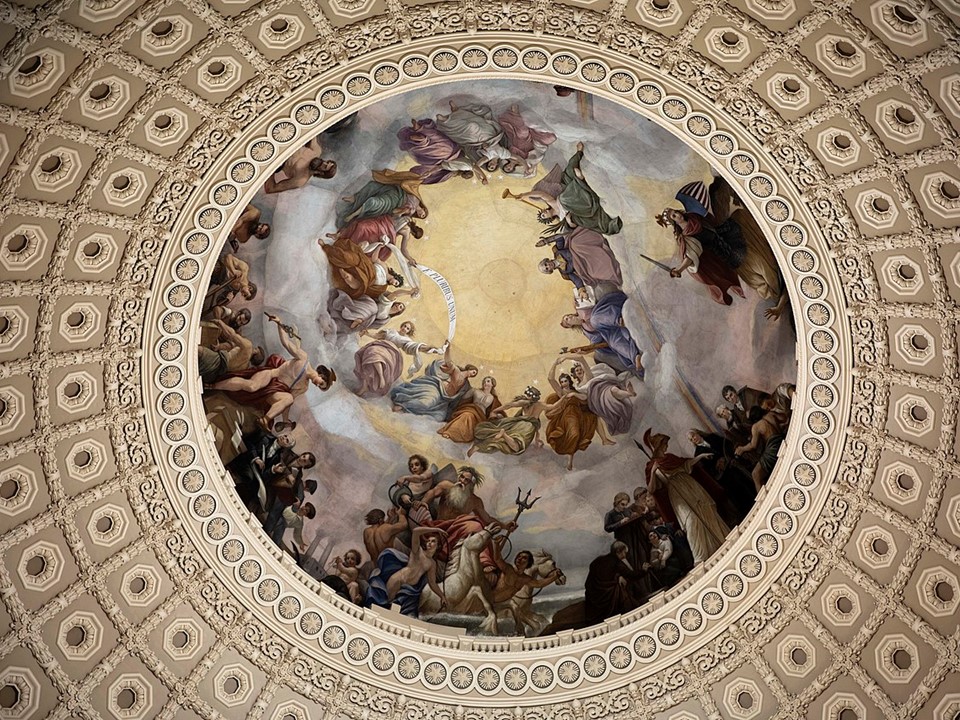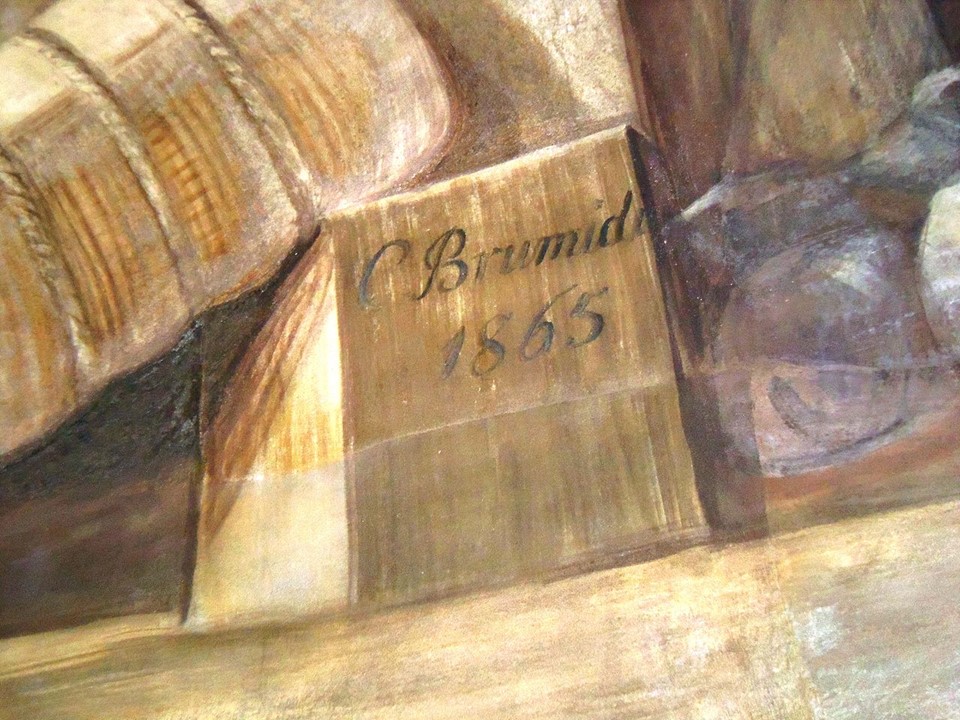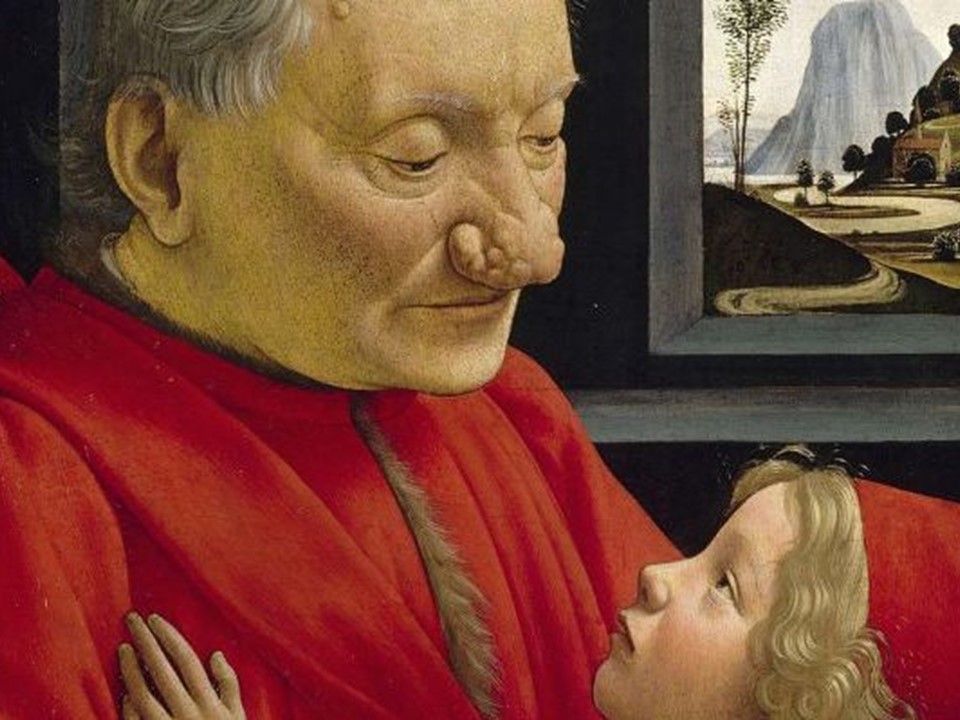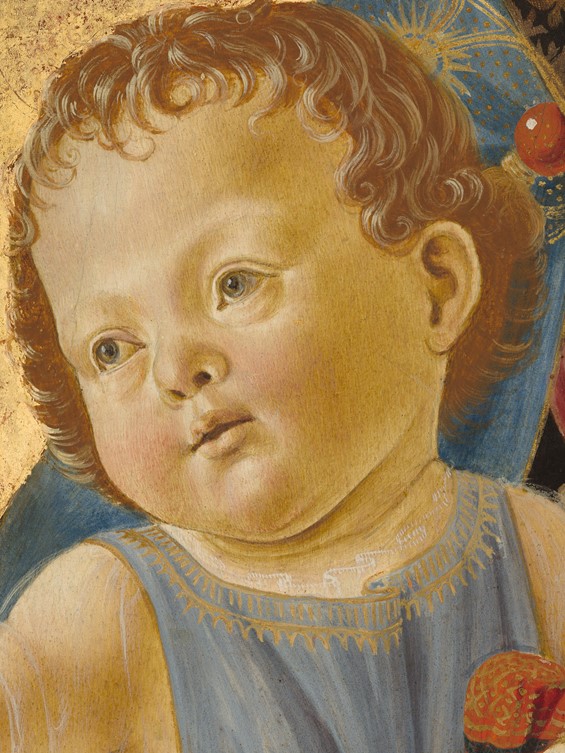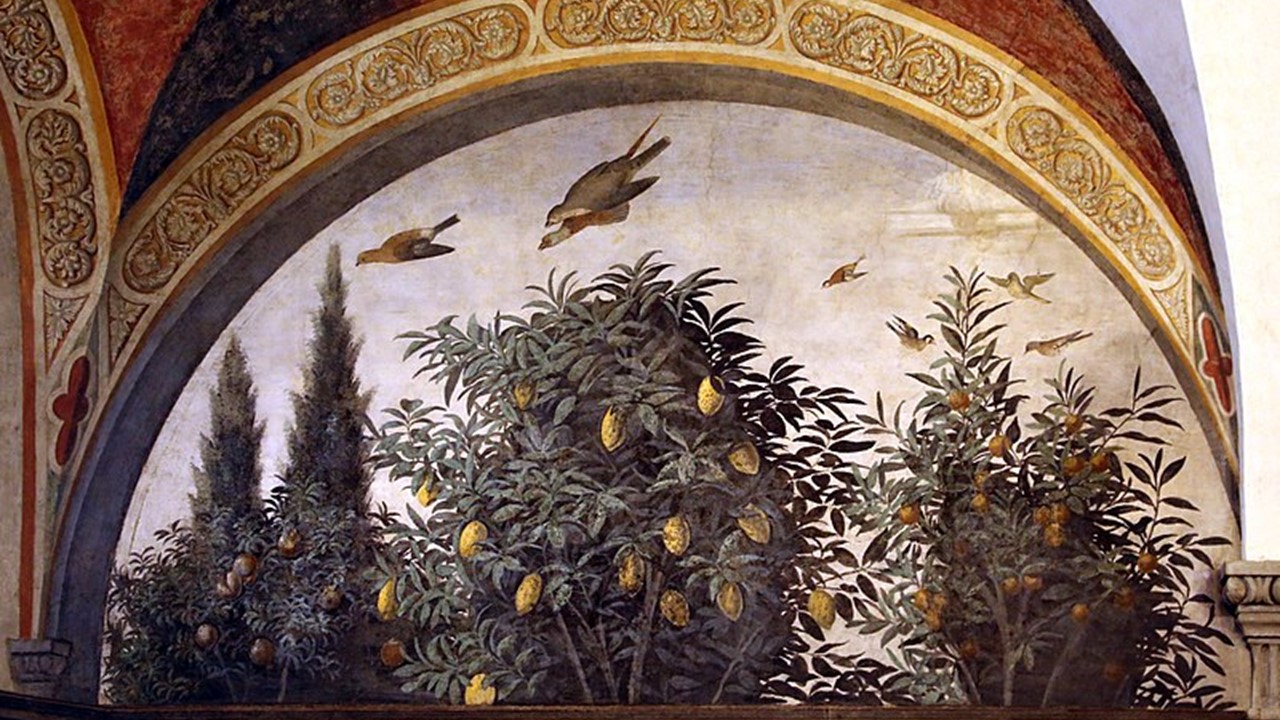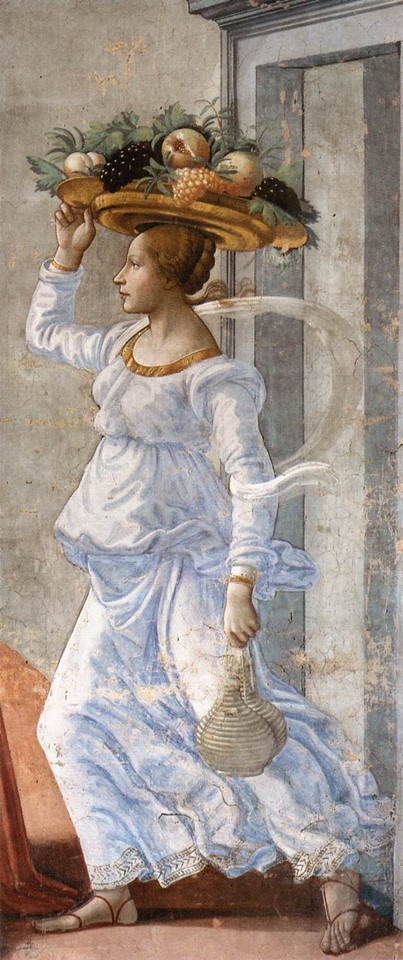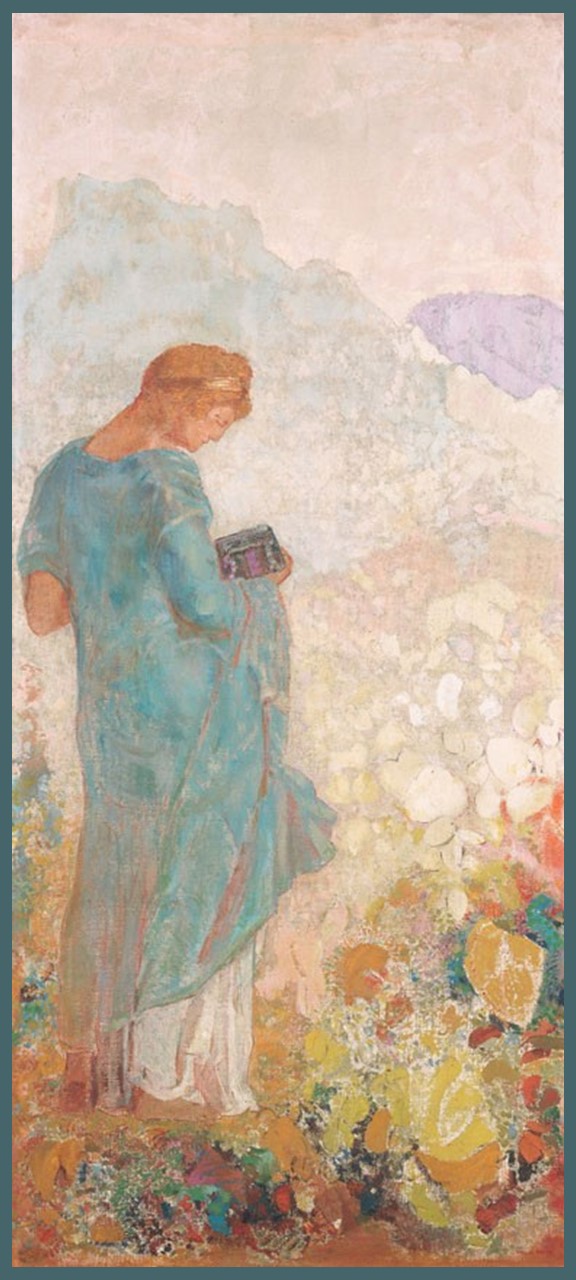
Pandora, 1910/1912, oil on canvas, 143.5 x 62.9 cm, NGA, Washington DC, USA https://www.nga.gov/collection/art-object-page.46531.html#bibliography
It is nature also who orders us to obey the gifts she has given us. Mine have led me to dreams; I submitted to the torments of imagination and the surprises she gave me under my pencil; but I directed and led those surprises in accordance with the laws of the organism of art which I know, which I feel, with the single goal of producing in the spectator, by sudden attraction, the whole evocation, and the whole enticement of the uncertain within the confines of thought… writes Odilon Redon in his journals To Myself: Notes on Life, Art, and Artists… and I think of Odilon Redon and Pandora’s Box in Washington DC, at the National Gallery. https://www.goodreads.com/author/quotes/288740.Odilon_Redon
Odilon Redon is one of my favourite artists. As a student, I knew little of him. As a young teacher of Art History I hardly ever used his work… until, preparing for a Lesson Plan on the Myth of Pandora, I rediscovered his Pandora painting at the NGA and the Museum’s wonderful suggestions for Student Activities. My students responded positively to his imaginary world… and I was hooked!
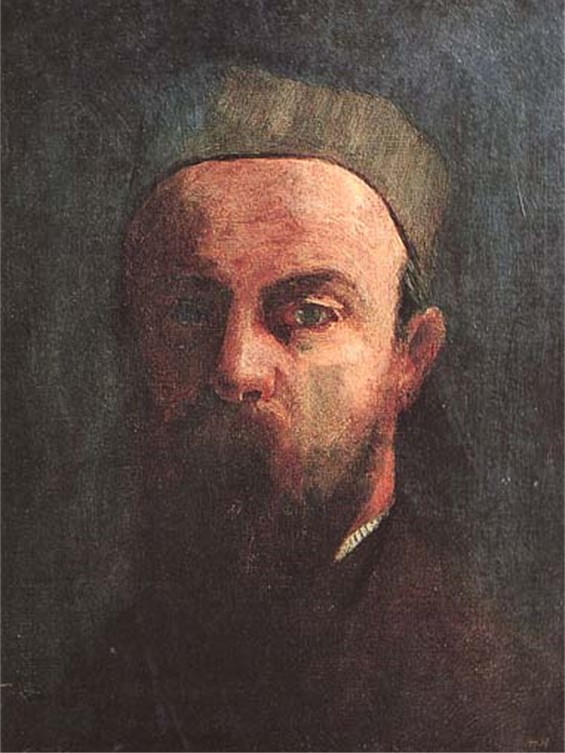
Self-Portrait, 1880, oil on canvas, 33.3×52 cm, Palais des Beaux-Arts de Lille, France https://www.wikiart.org/en/odilon-redon/self-portrait-1880
I like how Odilon’s work is described at ARTSY… “Known for his unique blend of artistic naturalism and symbolic subject matter, Odilon Redon was highly influential among the late 19th century French avant-garde circle. Working in charcoal, pastel, oil, and lithography, Redon created imaginative scenes that, while often based in the supernatural, were nonetheless executed in a highly representational manner. Redon considered this descriptive accuracy essential, writing “every time that a human figure does not give the illusion that it is … about to come out of the picture frame to walk, act or think, the drawing is not a truly modern one.” Redon was influenced by the poetry of Charles Baudelaire and Stéphane Mallarmé and admired by the painters Gustave Moreau and Gustave Klimt—as such he is often remembered as a Symbolist, though Redon preferred autonomy and never actually considered himself part of the group.” What more could I add… https://www.artsy.net/artwork/odilon-redon-ari
My students and I are captivated by the Myth of Pandora and the elusive way Odilon presents her story… Off-centre, Pandora stands in front of an atmospheric background, misty and hazy, luminous, ethereal and a touch, mysterious. The power of the artist’s mind creates organic forms, indistinct and intangible. The colours the artist uses are subtle, understated, yet joyous, warm and earthy. The box in Pandora’s hands is small, easily discerned buts not ostentatious… http://www.hellenicaworld.com/Art/Books/en/BeyondTheVisibleTheArtOfOdilonRedon.html
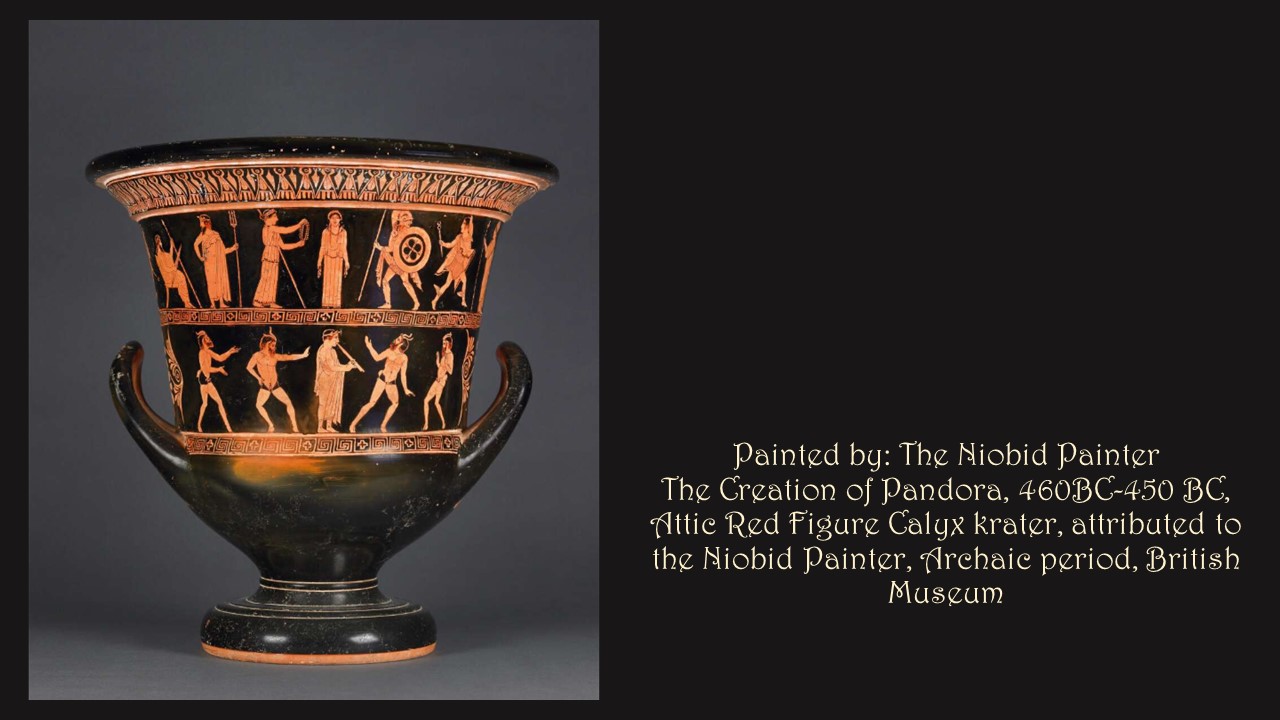
The Creation of Pandora, 460BC-450 BC, Attic Red Figure Calyx krater, attributed to the Niobid Painter, Archaic period, British Museum https://www.britishmuseum.org/collection/object/G_1856-1213-1
The myth of Pandora is beautifully told by the experts of the National Gallery of Art in Washington DC… According to Greek mythology, in the beginning the earth was free from toil and misery. The land was covered with flowers and the rivers flowed with milk and honey. Earth was inhabited only by men, who had been created by Prometheus. He made them of clay and modeled them after the gods, which angered Zeus, the king of the gods. When Prometheus offended Zeus again by stealing fire from heaven to give to man, Zeus exacted revenge. He ordered Hephaestus, the god of the forge, to create Pandora, the first woman. The gods gave her many traits including beauty, curiosity, charm, and cleverness. Hence her name “Pandora,” meaning “all gifted” or, alternately, “a gift to all.” Before he left Pandora on earth, Zeus handed her a beautiful box saying, “This is my own special gift to you. Don’t ever open it.” As Zeus anticipated, Pandora’s curiosity got the best of her, and she opened the box, ending earthly paradise. From the small chest flew troubles and woes—sorrow, disease, vice, violence, greed, madness, old age, death—to plague humankind forever. However, Zeus did not realize that hope had been secretly added to the box by Promethesus. When Pandora opened the box and released trouble and woe into the world, hope was there to help people survive. https://www.nga.gov/education/teachers/lessons-activities/origin-myths/pandora.html
For interesting Student Activities, please click and explore the NGA site… https://www.nga.gov/education/teachers/lessons-activities/origin-myths/pandora.html
The myth of Pandora’s box by Iseult Gillespie at TEDEd is worth exploring… https://ed.ted.com/lessons/the-myth-of-pandora-s-box-iseult-gillespie
For a PowerPoint on the Myth of Pandora Teacher Curator prepared, please… Click HERE!
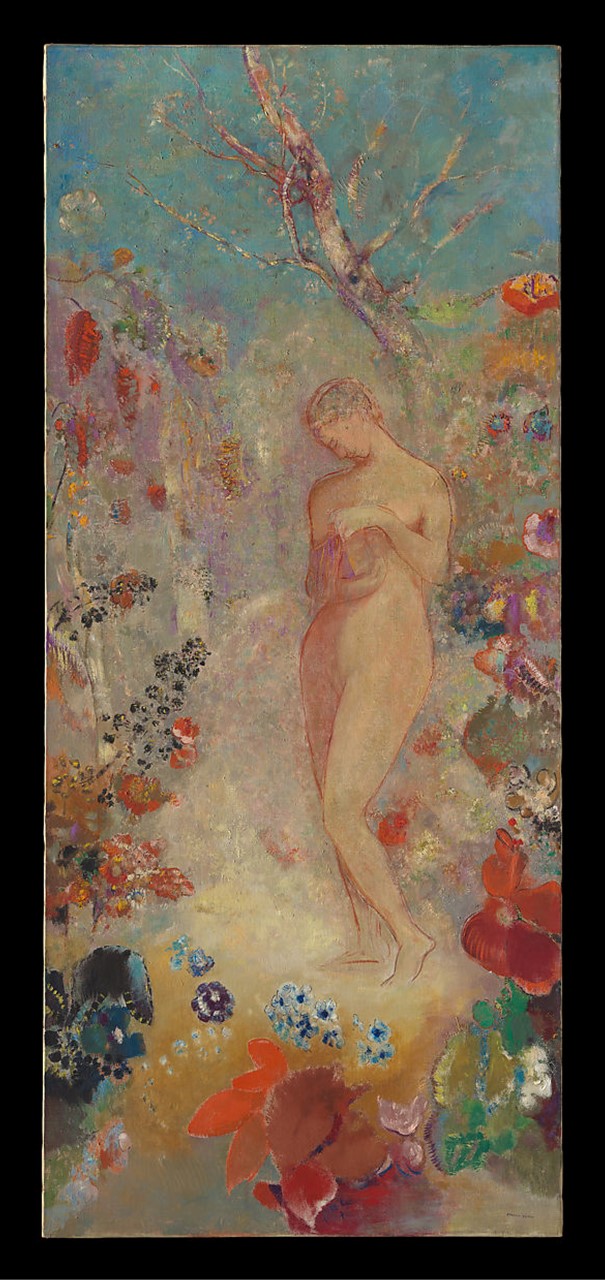
Pandora, 1914, oil on canvas, 143.5 x 62.2 cm, the MET, NY https://www.metmuseum.org/art/collection/search/437383
